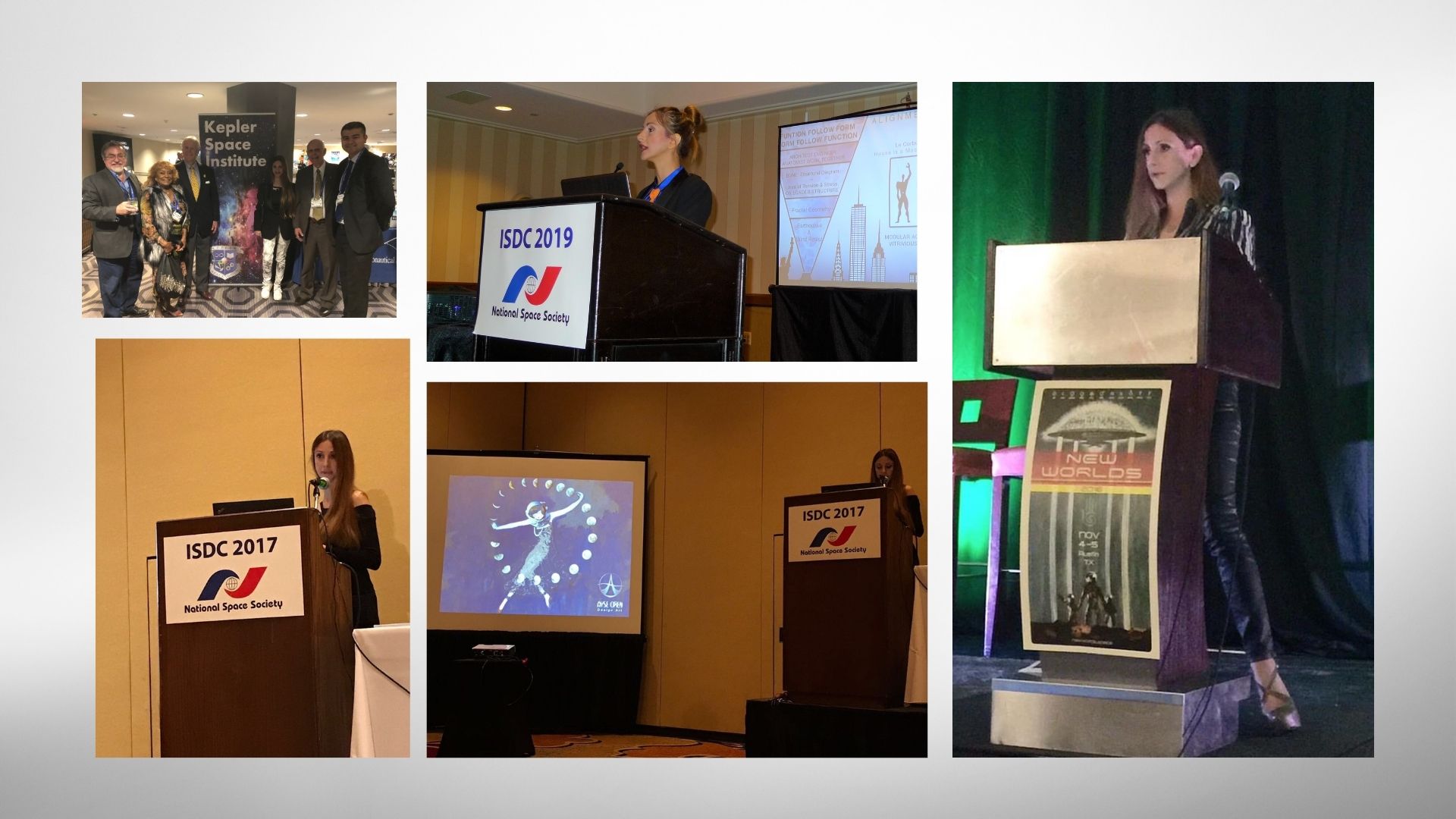LUNAR ARCHITECTURE
Architecture stands as a bridge between art and engineering because the purpose of designing a place is related to living both physically and emotionally. By examining the various styles of architecture and building, different cultures can be understood. These principles will extend to architecture in space too.
With advances in technology and materials and the digital age, architecture now involves both the seen and the unseen. Smart cities, smart grids, smart city planning, sustainability, and energy production, distribution, and consumption is now critical in city planning and architecture. These principles apply equally in space as on Earth.
The first step of humanity off this world has started with commercializing of Low Earth Orbit (LEO). Whether it be films or sporting events in microgravity, flight of space tourists, and eventually commercial living and working spaces for hundreds and thousands of people, LEO is the first home of space architecture. Then space architects will design living and working spaces for astronauts on the Moon to be followed by commercial workers mining water and other lunar resources. Finally, we will see commercial and government travelers to Mars and the growth of a permanent human colony on the Red Planet.
The harsh conditions of space and the natural events that happen in space cannot be changed. Designing for the Moon, Mars, and beyond in space will thus force a close and critical collaboration of both architects and engineers. It will bring to a focus typical space engineering consideration such as safety, life support, and propulsion, with architectural considerations of livability and aesthetics, and city planning considerations such as sustainability and efficiency.
Whether it’s a rotating wheel in LEO, outfitting a lava tube on the Moon, or domed cities on Mars, the needs for creating livable, sustainable, efficient, and productive facilities in space is one of the greatest multidisciplinary challenges of our generation. When we meet this challenge, we will not only accelerate humanity’s expansion into space, but create new and exciting ways for humanity to live on Earth. Space will push the limits of architecture to a higher position that will, I believe, make our world back on Earth a better place in terms of material use, sustainability, energy use, and natural disasters.
Conferences and Seminars
New Worlds Institute 2015- Austin, Texas
Designing Space in Space
New Worlds Institute 2016- Austin, Texas
Home Sweet Home- New Technologies Over Design- Chair:Bernard Foing- Chief Scientist-European Space Agency ESA)
ISDC 2017 – International Space Development Conference- Missouri, St Louis
For Kepler Space Institute – Future of Space Architecture
GlobalSatShow 2017
Discovery of Space
Istanbul Technical University – Faculty of Architecture - ARTITÜ- DATE- Life in Architecture
Lunar Architecture
Istanbul Technical University – Faculty of Architecture - ARTITÜ- DATE- Life in Architecture
Lunar Architecture
ISDC 2018- International Space Development Conference 2018-Los Angles
Aesthetics in Space Development and Architecture
New Worlds Institute- Panel- Diversity on The High Frontier (Chair: Meagan Crawford – Space Fund)
Frontier Women
New Worlds Institute- Panel- Diversity on The High Frontier (Chair: Meagan Crawford – Space Fund)
Frontier Women
New Worlds Institute- S.T.A.R Talk
Drawing an Utopia
ISDC 2019- International Space Development Conference - Washington,
Options For Moon Settlement
New Worlds Institute 2019
Embedding Architecture on Moon
University of Houston, Department of Space Architecture, 02.02.2022
R-evolution of Architecture





